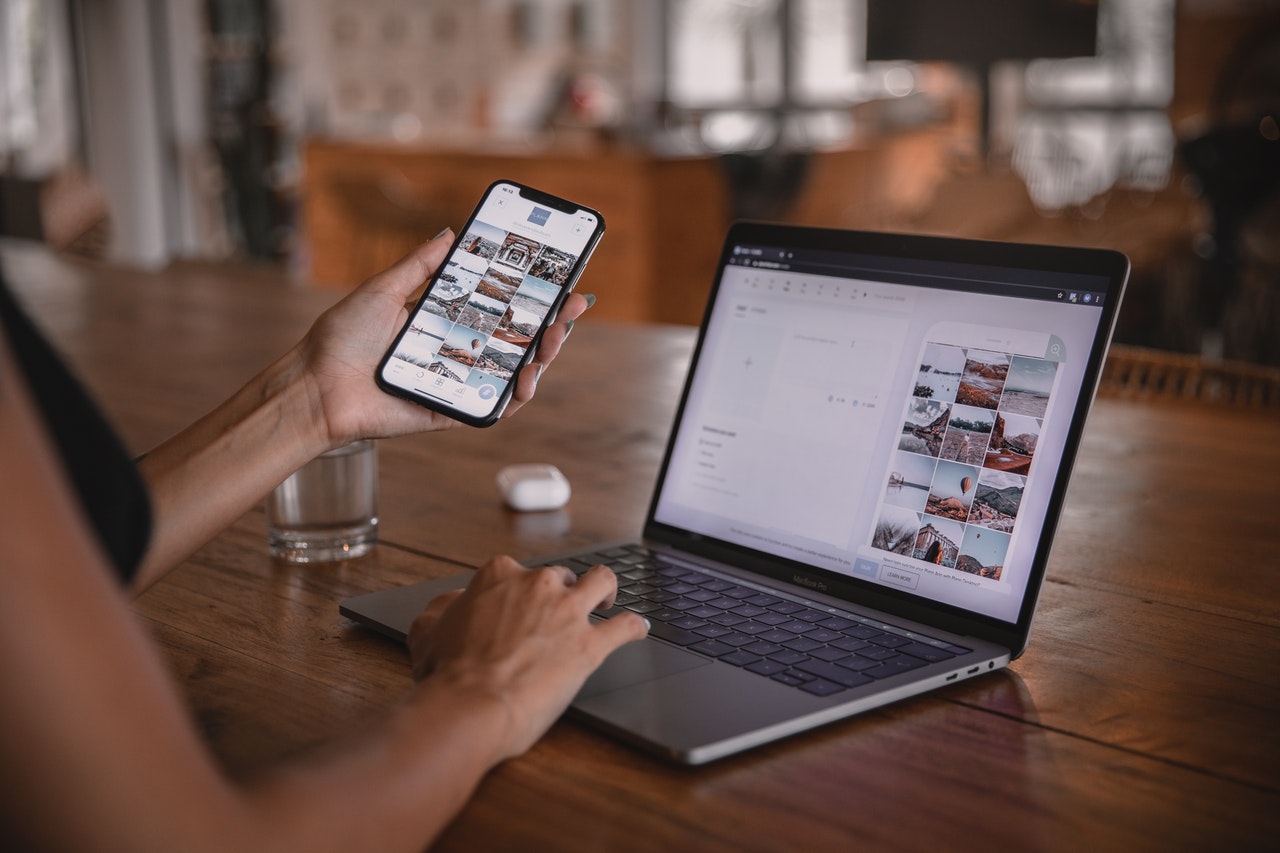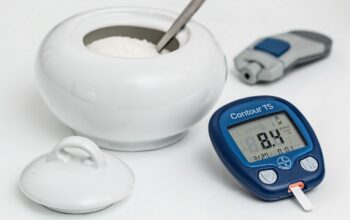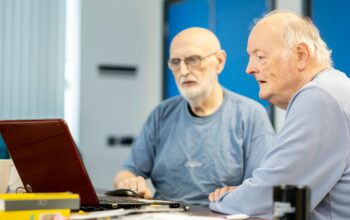Once again, the influencer industry is ever evolving and we’re always keeping an eye out for the best of the best. In the past 6 months, throughout the COVID-19 pandemic, more and more medical influencers are appearing on our social media forums.
The phrase “Digital Opinion Leader” was first introduced to the medical world in 2012, and, since then, the evolution of the influencer/social media celebrity has been extraordinary. Beginning on platforms like Blogger in the 2000’s, to Tik Tok and Instagram in 2020, the demand for such characters has soared and bled into various industries.
Influencer marketing agency Socially Powerful understand the positive effect that influencer marketing can have on the world and global issues such as coronavirus. In 2020, it’s important to adapt or get left behind.
What are influencers talking about?
The most generalised type of influencer marketing has so far featured images of trips, clothes, and parties on social media, but this has shifted to include experts from other fields.
The healthcare sector has been heavily implemented with health tips and tricks from influencers with no medical backgrounds previously, and were noted by the MIT Technology Review. An example of this is from Gwyneth Paltrow’s company Goop, who offered this kind of healthcare advice by claiming that underwire bras cause breast cancer. The claim, like many others, has been discredit by medical professionals, but Paltrow’s popularity and the company’s first-comer stance ensured Goop’s message reached thousands.
COVID-19 made social media users seek more healthcare information. When COVID hit western countries, users wanted quick and efficient online data, which resulted to turning to influencers for help.
Do medical influencers create a positive impact?
Medical influencers that make us want to watch every story and like every post are doctors like Dr Sarah Nicholls. Dr Sarah is a junior doctor based in the emergency department. She has since returned to the NHS after many months of travelling and is now supporting colleagues through the pandemic.
Her main social media platform is YouTube and can be tracked back to 2017, holding a great wealth of medical information as well as great content on her Instagram page. Dr Sarah has created informative series that include her thoughts on the COVID-19 pandemic and how it has changed her department since its outbreak in March.
It doesn’t stop here. A national treasure and easily-recognised medical influencer through TV presenting, social media and multiple book launches, Doctor Ranj has stepped away from his TV work to focus primarily on supporting his colleagues in the NHS throughout COVID-19. Despite this, Dr Ranj’s social media accounts boast over 250,000 followers and is packed with content, including a newly made TikTok account to support questions on how to stay safe.
Are medical influencers here to stay?
Every day is different due to the impact of COVID-19 and social media will always be a support network for some. Faith in figures from official documents will still be questioned, yet trust and belief from Medical Influencers, who are viewed as online peers, will have constant support. Social media is extremely accessible and with 4.57 billion users worldwide, it’s no wonder that more and more people are seeking the opinion of influencers, whether its intentionally or not.




